Russo Morosoli, the family that changed Mount Etna
The story of Russo Morosoli represents an important chapter in the events of Catania and Mount Etna, a tale from another times that dates back to 1550 with Don Vincenzo Russo, a royal notary, a distinguished and wealthy man residing in the municipality of Paternò.
Over the centuries, there were a series of royal notaries, lawyers, and clerics from Paternò, but no entrepreneurs. The turning point came with His Excellency Gioacchino Russo in 1865, an illustrious scientist of international renown who also held positions such as undersecretary of state, general of the navy, senator of the kingdom, director of the arsenal of Venice, and national president of the Order of Engineers. He was also the author of the first Italian treatise on naval architecture (still in use in military academies). The culture and education of the young Gioacchino was entrusted to the strict supervision of his uncle, also named Gioacchino Russo, a reverend canon of Catania Cathedral , who immediately recognized his genius. It was his inventions that brought him prominence in the chronicles of the time.
His superior intelligence gave birth to the periscope for submarines, the world’s first colour camera, the navipendulum, and the tank with elastic walls that reproduced in scale the waves motion, which was used to verify how a ship would behave in the waves without the need to build it! This was previously impossible and earned him the victory in the international competition in London. These patents brought great prestige and economic satisfaction to the family. In recognition of his great merits, he was honoured by the King as Knight Grand Cross, decorated with the Grand Cordon of the Order of the Crown of Italy and Grand Officer of the Order of Saints Maurice and Lazarus. The cities of Catania and Rome remember him by naming a street and a school after him.
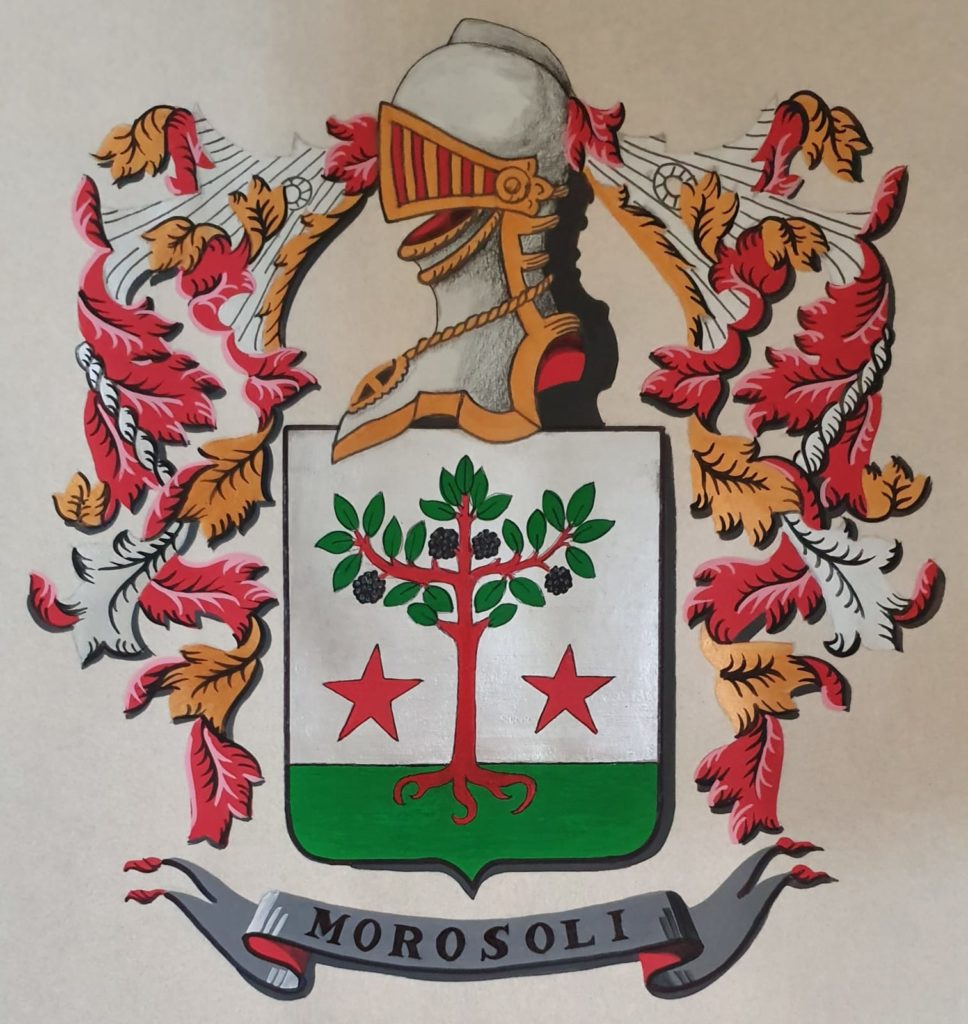
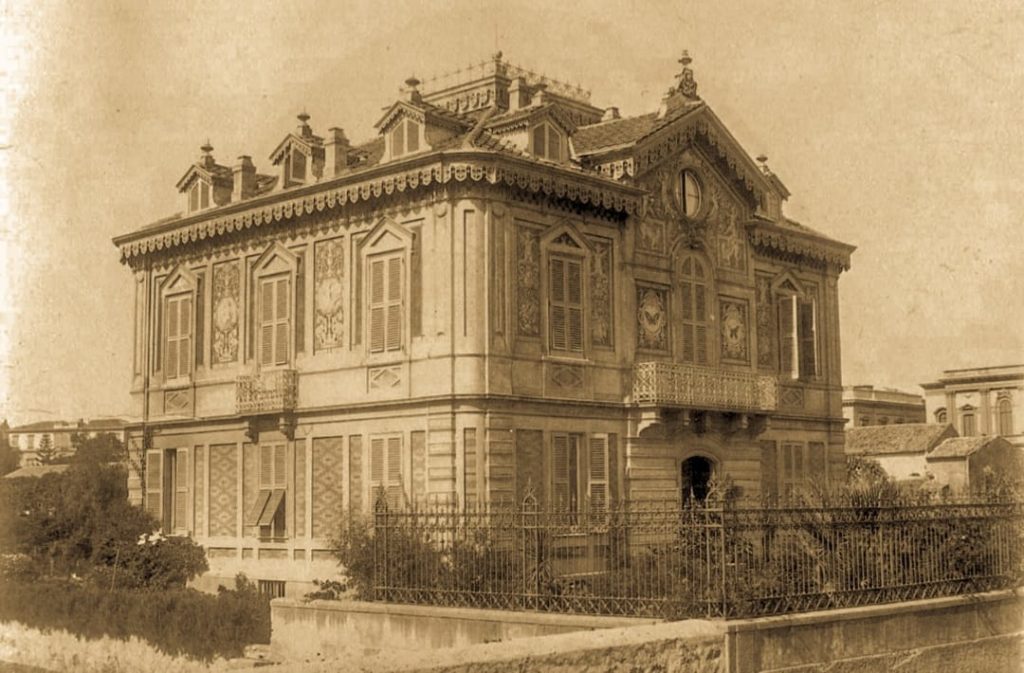
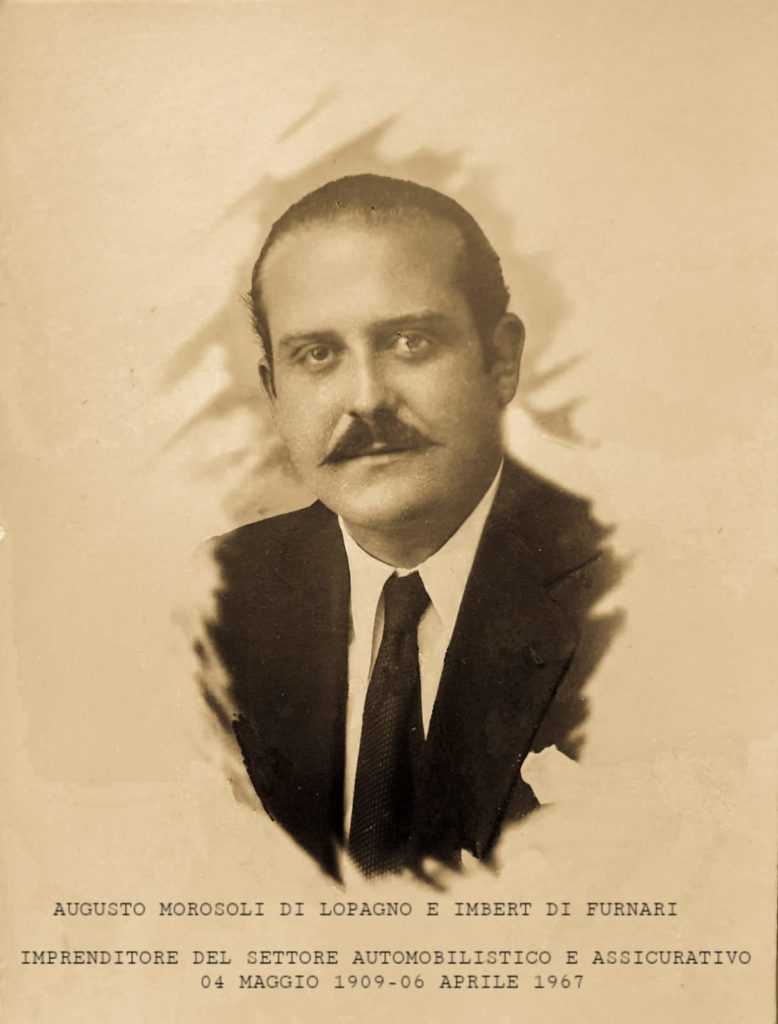
THE UNION WITH THE MOROSOLI FAMILY
In 1899, Gioacchino Russo married a Morosoli. But who were they? The Morosoli family, Patrizia of Lopagno and Cagiallo, was an ancient Swiss family originating from the Canton Ticino. With great industrial traditions, they traded tobacco, had a cigar and lighter factory, as well as a road protection manufacturing implant. A book about the family titled “We have Been Selling Smoke for a Hundred Years, But We Try to Do It in the Best Way” is quite amusing. They came in Catania for business reasons and eventually settled there following the marriage between Carlo Enrico Morosoli and Donna Maria, daughter of Don Francesco Imbert Paternò Gioeni, Duke of Furnari and Baron of Ficarazzi, and Donna Anna Rapisardi of the Baron of Sant’Antonio, nobles of the city of Catania. They had a palace and a villa built by the architect Carlo Sada.
It was the Morosoli family that capitalised on Gioacchino Russo’s inventions and made significant profits through a management company. They invested in various sectors, including cars and insurance. The sons of Carlo Enrico and Donna Maria, Ernesto and Augusto, became references in Catania for these commercial sectors. Their nephew, Gioacchino Russo Morosoli, was always fascinated by the figure of his uncles and luxury cars.
Uncertain between working with his father Francesco, who was in the textile sector, he joined his amusing and identical twin uncles, who also served as inspiration for Vitaliano Brancati as “leoni di cancellata ” in his novels. Bachelors ,lovers of good life, they divided their time between work, entertainment, and joviality. Their exploits are told through anecdotes full of astonishment and wonder, which turned ordinary people into characters and evoke the splendours of a city that has long disappeared.
GIOACCHINO RUSSO MOROSOLI: THE FOUNDER OF THE GROUP
Gioacchino Russo Morosoli, born in 1941, graduated in economics and commerce first and later in tourism science. He learned the art of car sales from his uncle Augusto Morosoli and was among the first to realise that with the economic boom of the 1960s, the market, previously dominated by Fiat, would also open up to foreign brands. At the age of just 19, he became the Peugeot dealer for the entire part of eastern Sicily. From there, his growth was constant and exponential, acquiring Renault, Hyundai, Rover car sales company , and later Honda motorcycles, Mercedes, Smart, Chrysler, Jeep, and Dodge, becoming one of the largest dealers in Italy.
ETNA VOLCANO
One of the inspectors in his dealerships was the son-in-law of Turin engineer Dino Lora Totino, Count of Cervinia, an expert in cable cars, whom young Gioacchino considered his second mentor. A great entrepreneur, he made the feasibility study for the Monte Bianco tunnel and built the cable car. He designed the Caselle airport and served as president of Torino football club in the regency committee from 1953 to 1955. He also came up with the idea of building a cable car on Mount Etna. By the late 1960s, the Count was looking for local entrepreneurs to better manage the facility instead of relying on people from Turin. Through his son-in-law, who worked as an inspector in one of young Gioacchino’s dealerships, the proposal to enter into partnership was made. Unfortunately, the company was not doing well, and they risked going to court twice. Therefore, the Count decided to have Gioacchino Russo Morosoli administer it.
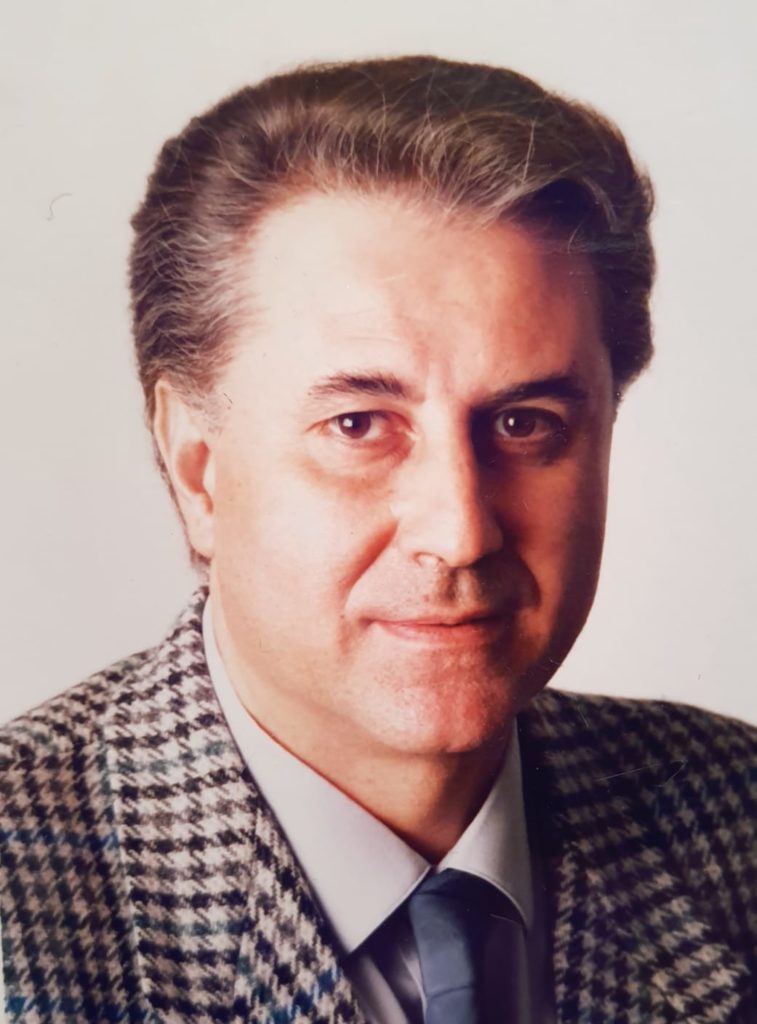
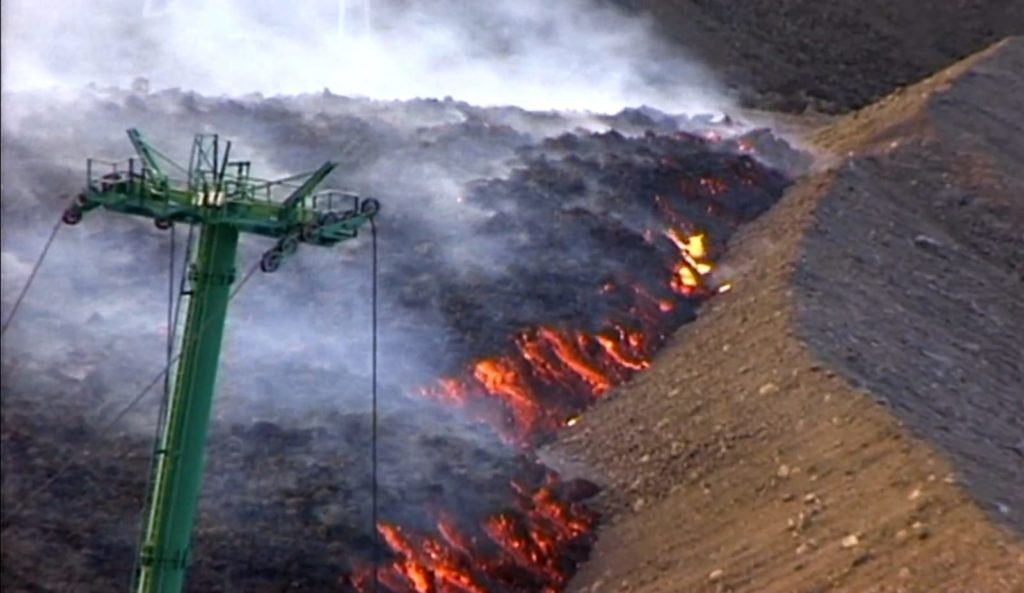
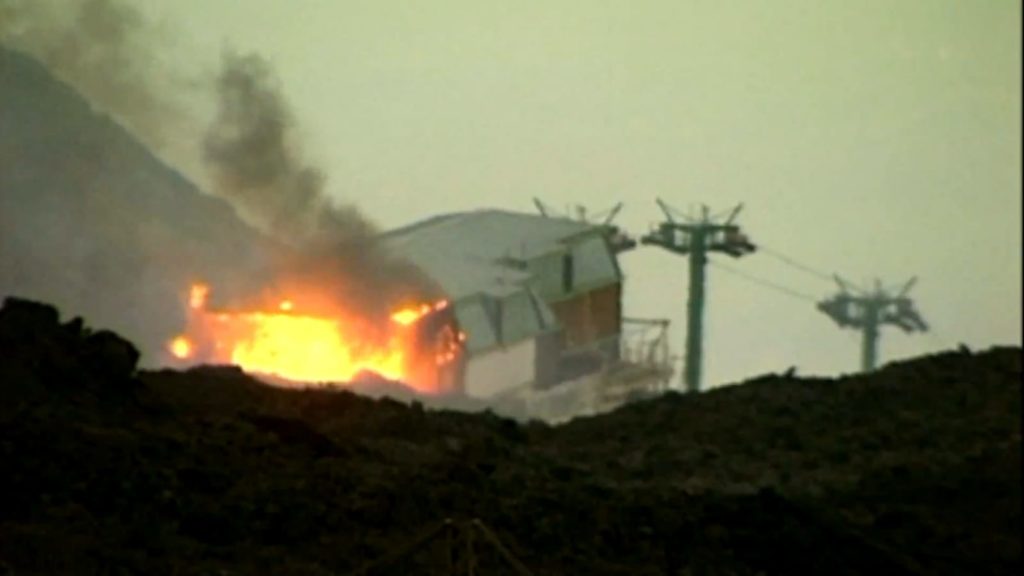
Gioacchino immediately began implementing his economic and commercial strategies, which, however, did not go well with the Count’s daughters, who complained to their father in Turin. The Count replied that the young man was very capable and should be allowed to do his job. It was a great intuition since the following year it showed profits! At the same time, Giogiò, as he was called by friends, acquired the Star, a company that organised excursions on the Piano Provenzana side of Mount Etna, and today he owns the ski resort there. Due to the distance and the fact that Giogiò earned the respect of employees who saw him as the future of the company, he managed to convince the Count’s daughters to sell him 100% of the company. It wasn’t always easy ; during his honeymoon in 1971, the unleashed fury of the volcano destroyed the facility, not just once but five times!
Giogiò, who was in love with the volcano and has always rebuilt it using his own funds, as no insurance company in the world was willing to cover the risk. In 2001, following yet another destruction of the facility, Giogiò immediately worked on its reconstruction by requesting a significant loan from the bank. The work was completed swiftly, and by 2002, the new cable car was ready. Unfortunately, just one week before the grand opening, a new eruption destroyed it again! Giogiò returned to the bank, requested a new loan, and rebuilt it, paying two mortgages on the same asset!
It is estimated that the Russo Morosoli family has invested around one hundred million euros over the years, and today they have a tremendous impact on the local economy, with numerous travel agencies, tour operators, restaurants, hotels, B&Bs, souvenir shops, ski equipment rentals, and more, providing employment to over 500 families, both directly and indirectly.
This is a great achievement because many people thought Giogiò was crazy when he decided to bet on this business, as before the cable car was built, there were very few tourists, and people used to climb the mountain on the back of a mule with local shepherds as guides. Mount Etna was considered “nonexistent!”
People made fun of him because he invested a significant capital “under the lava” and took all the associated risks. Thanks to his perseverance and a lifetime of sacrifices, hundreds of thousands of tourists now come to enjoy the cable car service with absolute safety. Preserving and protecting the territory has always been their mission, as well as providing hikers with an unforgettable experience and contributing significantly to the scientific popularisation of the site, leading to its recognition as a UNESCO World Heritage site. Meanwhile, Giogiò also owned Loyd Internazionale and later became the general agency of Milano Assicurazioni in Catania. He also conducted excellent business as the representative of one of the world’s leading companies in the sale of packaging machinery for industries called “Goglio” from Milan, which he sent representatives throughout Italy, starting from Rome. He was a skilled real estate investor creating a considerable wealth.
THE CRISIS AND GENERATIONAL TRANSITION
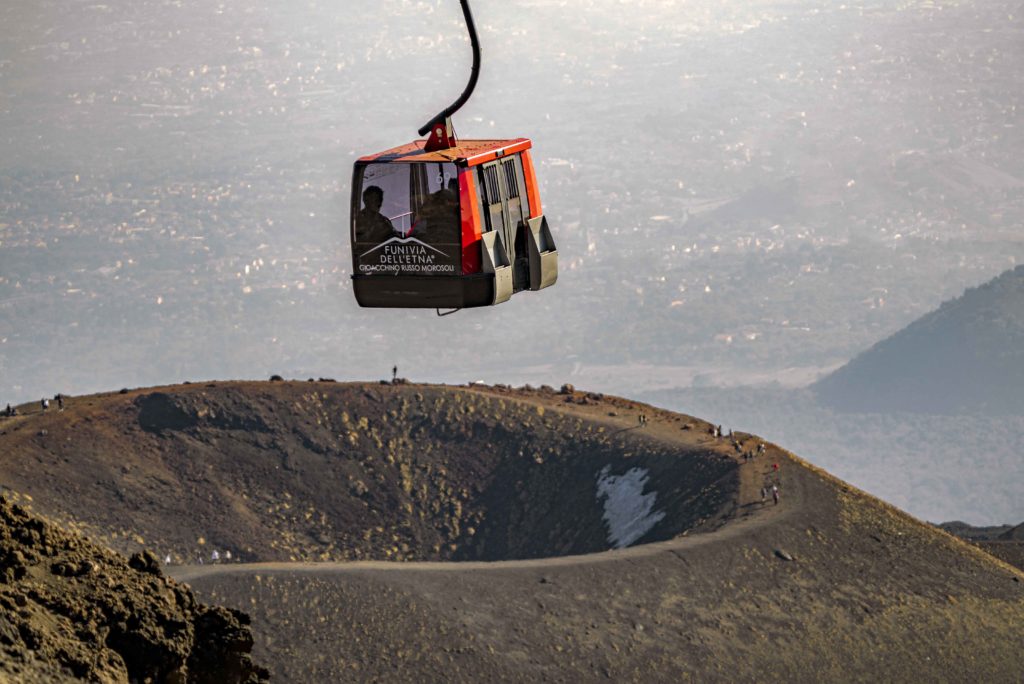
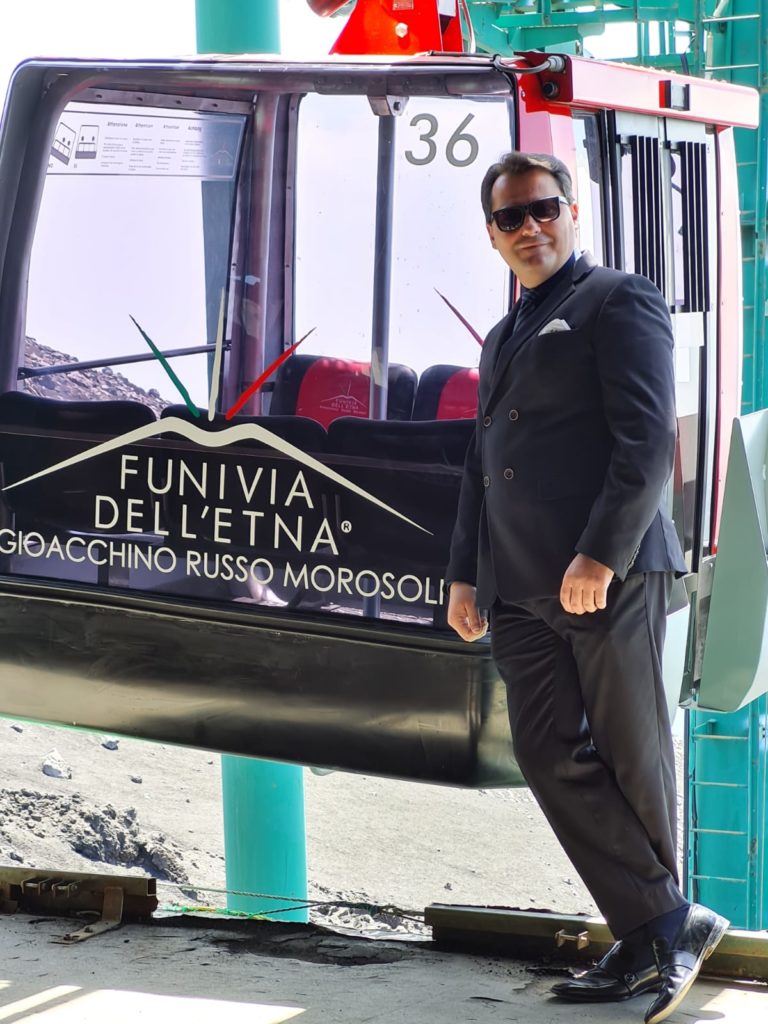
Unfortunately, the global crisis in the car sector in 2012 also severely affected his interests.
In 2013, he tragically lost his life in a road accident. The baton was then passed to his children, Francesco and Fausta, who took control of a highly compromised, if not desperate, situation.
La Mercedes and Smart which generated an annual turnover of 65 million euros, ended up in a failed composition agreement, and the repercussions threatened to engulf everything. Francesco, then a 34-year-old, assumed sole administration of the company with the group on the edge of bankruptcy.
La Funivia dell’Etna, always under the media spotlight, is an activity that, like a magnet, has attracted
and continues to attract many envious individuals. Therefore, attacks were not lacking at the moment of greatest vulnerability. They came from the political sphere, other notable “friends” among Catania’s entrepreneurs, the banks that had other investors behind them, and even one of the group’s directors, Francesco’s right-arm , who tried to take away assets of the Cable Car. Despite this, Francesco, together with his team, managed to save the group, consolidating the existing activities (still part of the official network for Mercedes, Smart, Chrysler, Jeep, and Dodge), and relaunching it with numerous new entrepreneurial initiatives, all while maintaining employment opportunities. Today, Francesco Russo Morosoli’s Group, with the newly established Etna Cable Car that he strongly desired, is one of the most important entities in Sicily.
Russo Morosoli Etna / Francesco Russo Morosoli Etna